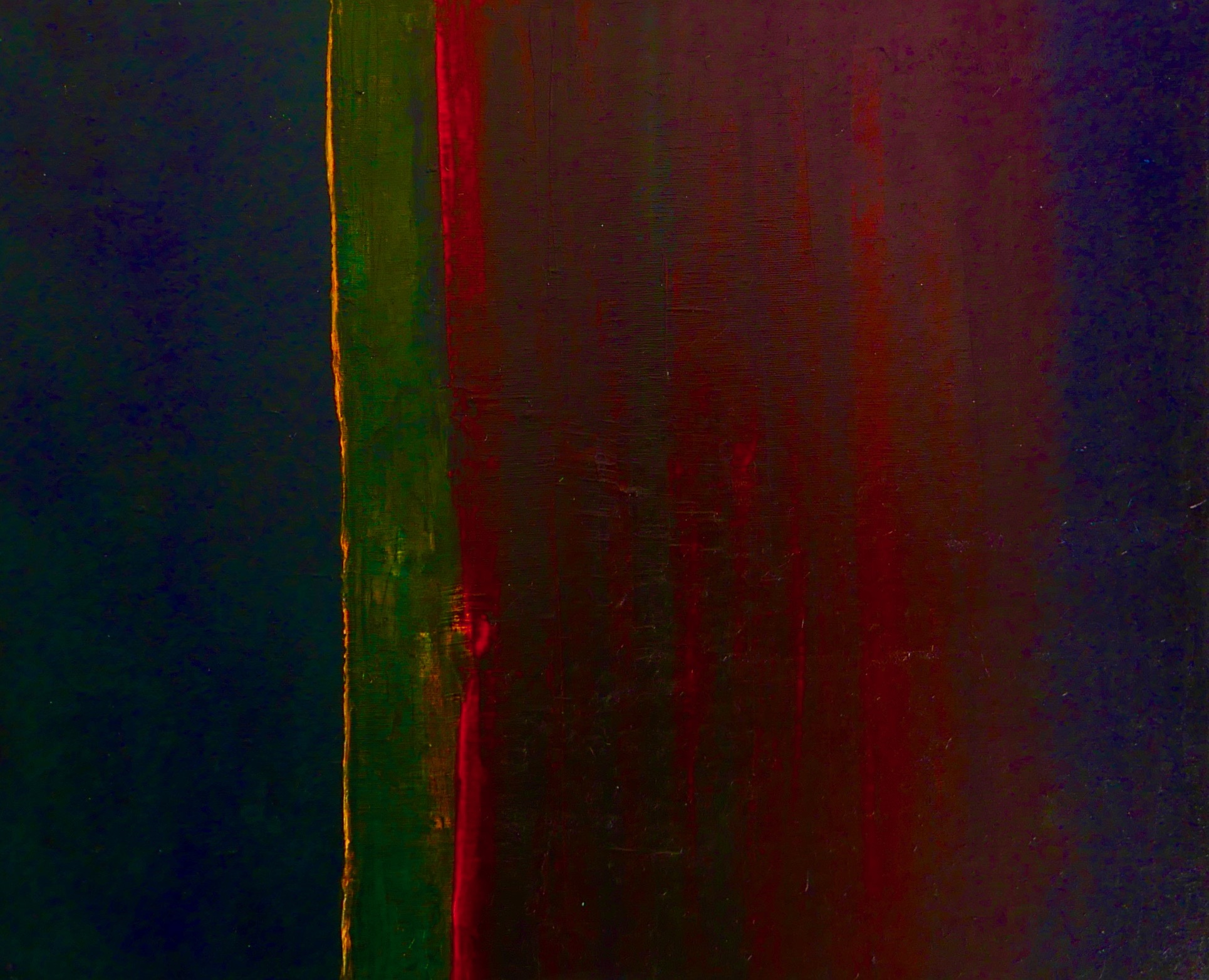It’s very hard to see what we’re looking at, if we believe we already know what we’re seeing.
Q: How do you push the reset button?
A: Firstly, why would we want to hit reset and to see things as they actually are? Most likely in response to necessity, external and/or internal.
External necessity, in the conditions of our normal-abnormal life, requires that we see things otherwise for a number of possible reasons. Internal necessity, the Wish to be otherwise, asks that we see things differently – in order to experience our lives as if we were actually, really, authentically living them.
Secondly, how? What practices may we adopt to make it more likely that our lives come to life? Whatever discipline, or way that speaks / calls to us, is where we begin. On the specific subject of looking, engaging with what we are nominally seeing, the best technique I have experienced is while sitting in a class in front of Henri Bortoft as he guided us through how to look at a flower. The Wholeness of Nature: Goethe’s way toward a science of conscious participation in nature (Octagon press 1986) was a major influence on my thinking when it was first published and became Part II of The Wholeness of Nature (Lindisfarne Press, 1996). Filing Henri under The Phenomenology Of Experience rather side-lines the practical application of his work IMO – bummer.
Thirdly, there are different qualities of looking and seeing. Sometimes what we’re looking at comes to life and looks back at us. This falls under the general heading of noticing…
https://www.dgmlive.com/in-depth/four-qualities-of-undertaking
https://www.dgmlive.com/in-depth/states-and-stations
Cf in the religious life, long-term practitioners with icons report moments when the symbol becomes a living engagement with the reality of that which it purports to be.
Robert Fripp
Sunday 9th. January, 2022
Bredonborough, Middle England.

